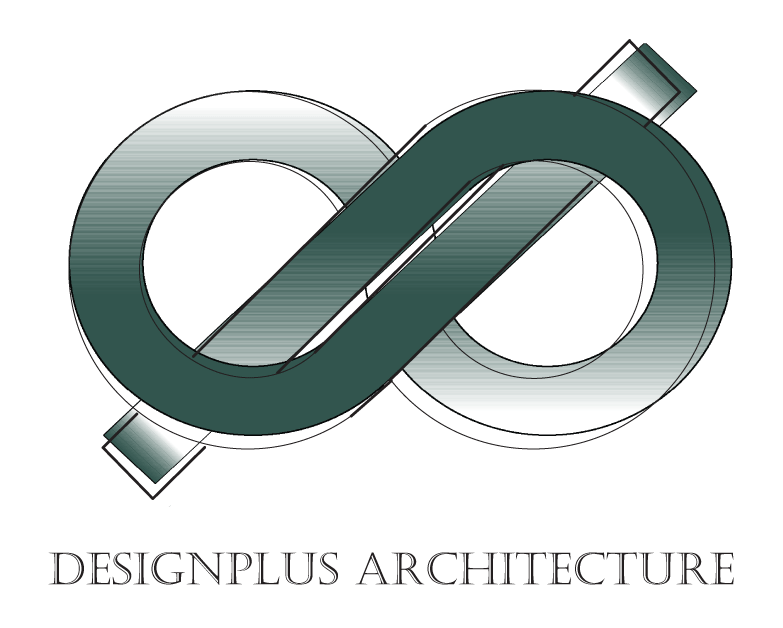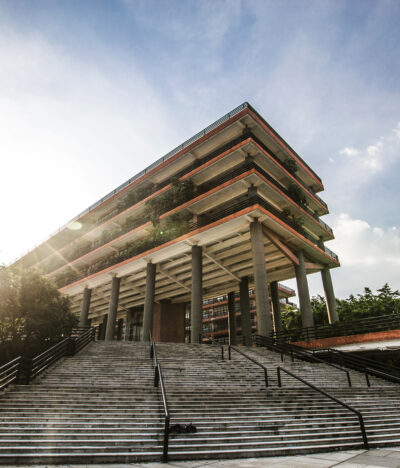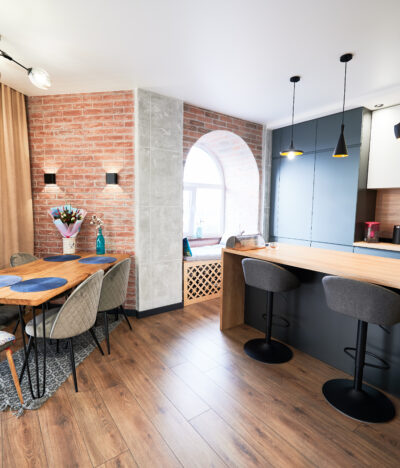Architectural design and interior design are two intertwined disciplines that together shape the spaces we inhabit, influencing our experiences, emotions, and well-being. While architectural design focuses on the overall structure and aesthetics of a building, interior design delves into the intricate details of creating functional, beautiful, and personalized interiors. In this blog, we embark on a journey to explore the fascinating intersection of architectural design and interior design, uncovering their unique contributions and the transformative power they hold.
Architectural design sets the foundation for the overall form and structure of a building. Architects envision and create spaces that respond to the needs of the users, the context of the site, and the surrounding environment. They consider factors such as spatial organization, natural light, materials, and sustainability, crafting buildings that seamlessly integrate with their surroundings and enhance the human experience. Architectural design lays the groundwork for the functional flow, structural integrity, and visual impact of a space, serving as the canvas upon which interior design flourishes.
Interior design, on the other hand, focuses on transforming the interior spaces of a building into aesthetically pleasing, functional, and harmonious environments. Interior designers have a keen eye for detail, selecting colors, materials, furniture, lighting, and accessories that create a cohesive and inviting atmosphere. They balance aesthetics and functionality, considering factors such as ergonomics, acoustics, and human behavior. Interior design transforms spaces into personalized sanctuaries, reflecting the personality, lifestyle, and aspirations of the occupants.
The magic truly happens at the intersection of architectural design and interior design. When these two disciplines collaborate harmoniously, the result is a space that seamlessly integrates the exterior and interior, creating a holistic and immersive experience for its inhabitants. The architectural design sets the stage, providing the framework and spatial arrangement, while interior design adds the layers of detail, texture, and personality that bring the space to life. Together, they shape environments that inspire, nurture, and uplift our senses.
In conclusion, architectural design and interior design are inseparable partners in the creation of remarkable spaces. Their collaborative efforts result in spaces that engage our emotions, enhance our well-being, and encapsulate our desires. As we celebrate the artistry and impact of architectural and interior design, let us recognize the transformative power they hold in shaping the world around us. May we continue to embrace their harmonious union and strive for spaces that truly reflect who we are, where we find solace, and where our dreams come to life.









Comments (3)
Vivamus ipsum orci, tristique sed mauris nec, viverra tempus massa. Vivamus malesuada at tortor aliquet feugiat. Donec malesuada luctus urna, vitae egestas lectus eleifend vitae. Mauris vitae mollis massa.
Est nisi est dolores quisquam. Dolor ducimus molestias sunt delectus. Dicta rerum in expedita quo repellendus dolorum itaque qui. Porro tempore repellendus consequatur voluptas.
Est nisi est dolores quisquam. Dolor ducimus molestias sunt delectus. Dicta rerum in expedita quo repellendus dolorum itaque qui. Porro tempore repellendus consequatur voluptas.